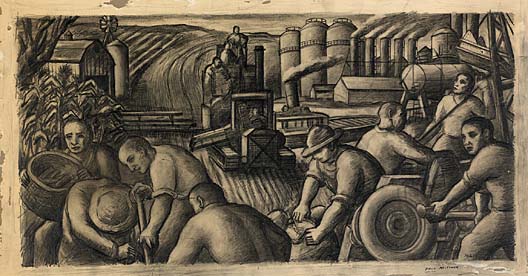
My employer has nine workers. The nine of us want to determine what our average salary is, but none of us wants to divulge his own salary. Can we find the average without doing so?

My employer has nine workers. The nine of us want to determine what our average salary is, but none of us wants to divulge his own salary. Can we find the average without doing so?
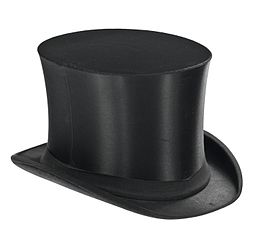
Or how about this amazing result. Each of a million men puts his hat into a very large box. Every hat has its owner’s name on it. The box is given a good shaking, and then each man, one after the other, randomly draws a hat out of the box. What’s the probability that at least one of the men gets his own hat back? Most people would answer with ‘pretty slim,’ but in fact the answer is the astonishingly large 0.632! Who would have guessed that?
— Paul J. Nahin, Will You Be Alive 10 Years From Now?, 2014

Except for the final chord, the last movement of Paul Hindemith’s 1942 piano work Ludus Tonalis is the same as the first rotated 180 degrees.
In between is an hour of music, with 12 three-part fugues and 11 interludes. The title means “Game of Tones.”
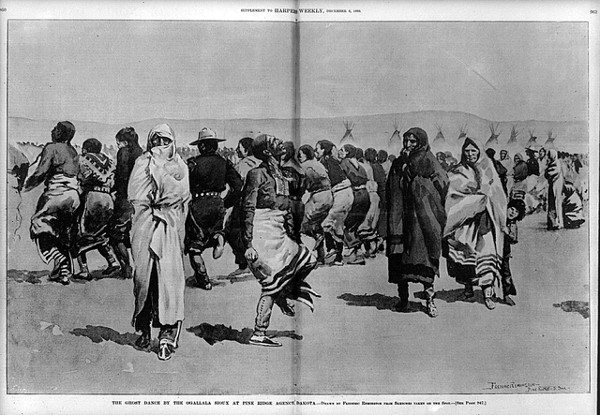
In 1889, the Northern Paiute spiritual leader Wovoka introduced a circle dance that he said would drive the whites out of America and restore the country to the Native Americans. As the Ghost Dance spread throughout the West, an alarmed U.S. government ordered it stamped out, which led to several violent encounters. When the Chicago Tribune published an editorial condemning the dance, Massa Hadjo, a Sioux, responded:
You say, ‘If the United States army would kill a thousand or so of the dancing Indians there would be no more trouble.’ I judge by the above language you are a ‘Christian,’ and are disposed to do all in your power to advance the cause of Christ. You are doubtless a worshiper of the white man’s Saviour, but are unwilling that the Indians should have a ‘Messiah’ of their own.
The Indians have never taken kindly to the Christian religion as preached and practiced by the whites. Do you know why this is the case? Because the Good Father of all has given us a better religion — a religion that is all good and not bad, a religion that is adapted to our wants. You say if we are good, obey the Ten Commandments and never sin any more, we may be permitted eventually to sit upon a white rock and sing praises to God forevermore, and look down upon our heathen fathers, mothers, brothers and sisters who are howling in hell.
It won’t do. The code of morals as practiced by the white race will not compare with the morals of the Indians. We pay no lawyers or preachers, but we have not one-tenth part of the crime that you do. If our Messiah does come we shall not try to force you into our belief. We will never burn innocent women at the stake or pull men to pieces with horses because they refuse to join in our ghost dances. … You are anxious to get hold of our Messiah, so you can put him in irons. This you may do — in fact, you may crucify him as you did that other one, but you cannot convert the Indians to the Christian religion until you contaminate them with the blood of the white man. The white man’s heaven is repulsive to the Indian nature, and if the white man’s hell suits you, why, you keep it. I think there will be white rogues enough to fill it.
Three weeks later, at Wounded Knee, the U.S. Army killed more than 200 Lakota.
(Massa Hadjo, “An Indian on the Messiah Craze,” Chicago Tribune, Dec. 5, 1890.)

Readers of the London Evening Standard saw a startling headline on Nov. 10, 1971: “The Prophecy H.G. Wells Made About Tonight’s Standard.” Wells had published a story in 1932 in which a man unaccountably receives a copy of the newspaper from 40 years in the future. “He found himself surveying a real evening newspaper,” Wells wrote, “which was dealing so far as he could see at the first onset, with the affairs of another world.”
Most of “The Queer Story of Brownlow’s Newspaper” is devoted to Wells’ prophecies regarding world events in 1971, and most of these, unfortunately, are misses. Newspapers today are printed in color and the Soviet Union has fallen, but geothermal energy has not replaced the age of combustion, body clothing has not (quite) been reduced to a minimum, finance and nationalism still thrive, gorillas are not extinct, the human birthrate has not dropped to “seven in the thousand,” and there are no plans to add a 13th month to the year.
To be fair, predicting the future is difficult, as even Wells’ narrator points out. “After all, in 1831 very few people thought of railway or steamship travel, and in 1871 you could already go around the world in eighty days by steam, and send a telegram in a few minutes to nearly every part of the earth. Who would have thought of that in 1831?”
In the 1932 story, Brownlow finds that his strange newspaper has been delivered to the correct address but is directed to a Mr. Evan O’Hara — evidently the subscriber who will occupy his own apartment 40 years hence. In November 1971 the newspaper sought the Evan O’Hara in Sussex Court whose paper had (presumably) gone missing that evening, but it found no trace of him. Perhaps he had gone looking for it.
See On Time.

Belgian painter Antoine Wiertz unveiled a gruesome triptych in 1853: Thoughts and Visions of a Severed Head depicts a guillotined head’s impressions of its final three minutes of awareness.
Wietz added a verbal description of each of the panels. Here’s an excerpt from the second minute, “Under the Scaffold”:
For the first time the executed prisoner is conscious of his position.
He measures with his fiery eyes the distance that separates his head from his body and tells himself, ‘My head really is cut off.’
Now the frenzy redoubles in force and energy.
The executed prisoner imagines that his head is burning and turning on itself, that the universe is collapsing and turning with it, that a phosphorescent fluid is whirling around his skull as it melts down.
In this midst of this horrible fever, a mad, incredible, unheard of idea takes possession of the dying brain.
Would you believe it? This man whose head has been chopped off still conceives of a hope. All the blood that remains bubbles, gushes, and courses with fury through all the canals of life to grasp at this hope.
At this moment the executed prisoner is convinced that he is stretching out his convulsive and rage-filled hands toward his expiring head.
I don’t know what this imaginary movement means. Wait … I understand … It’s horrible!
Oh! My God, what is life that it continues the struggle to the very last drop of blood?
In the same year, American author Theodore Witmer had recorded his own impressions of seeing an execution in the 1840s. “Why don’t somebody give us ‘The Reflections of a Decapitated Man?'” he asked. “If it turned out stupid, he might excuse himself for want of a head.”
What do these words have in common?
DEVIOUS
EFFENDI
ENEMY
ENVIOUS
ESCAPEE
ODIOUS
OPIUM
TEDIOUS
ANEMONE
ARCADIAN
EXCELLENCY
OBEDIENCY
EXPEDIENCY
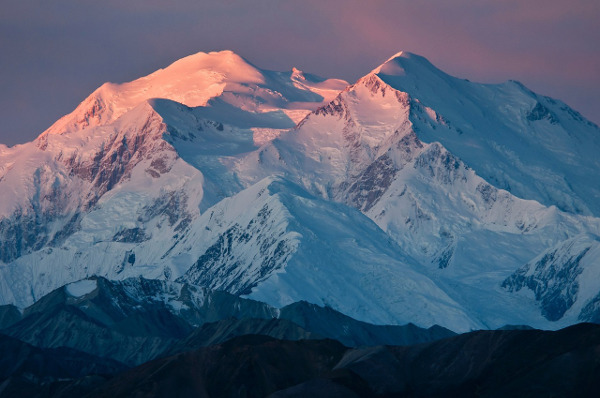
In 1910, four Alaskan gold miners set out to climb Mount McKinley, the highest peak in North America, to win a two-cent bar bet. In this week’s episode of the Futility Closet podcast we’ll tell the surprising story of the Sourdough Expedition, a mountaineering effort that one modern climber calls “superhuman by today’s standards.”
We’ll also hear about a ghoulish tourist destination and puzzle over why a painter would blame himself for World War II.
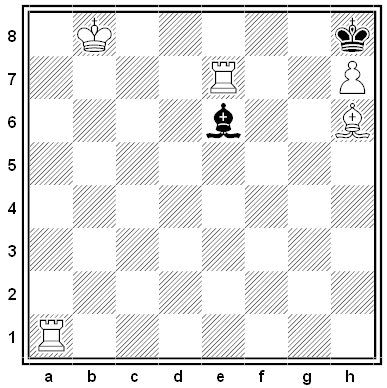
A poser by F.H. von Meyenfeldt, 1967. What move must Black play to enable a forced mate in two by White?
Some geometric legerdemain by Argentine magician Norberto Jansenson. (Thanks, Ron.)